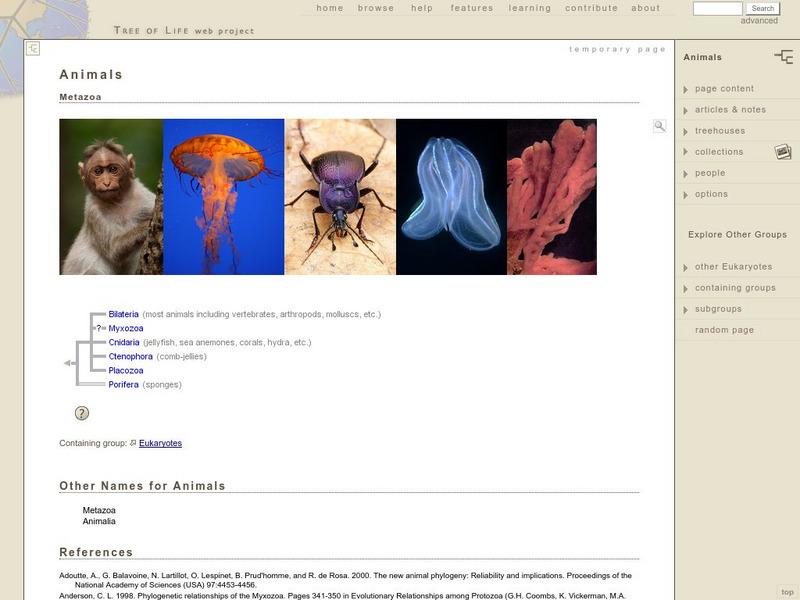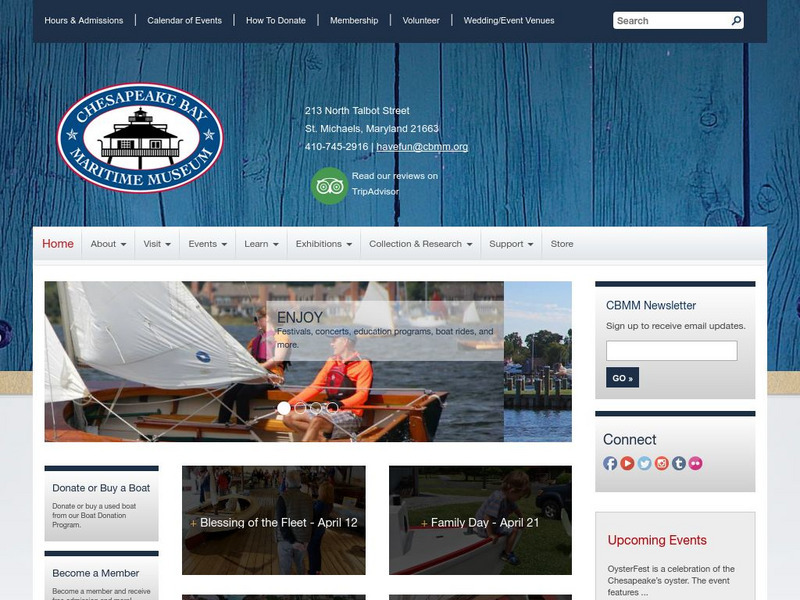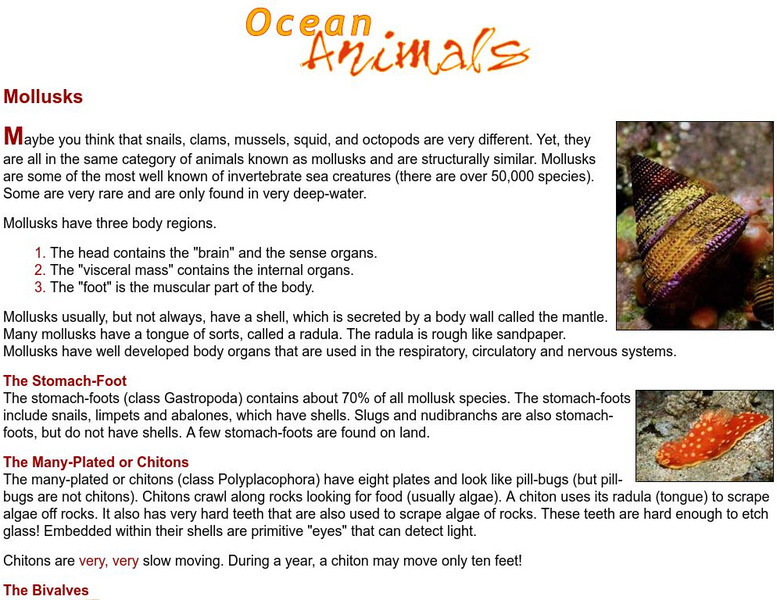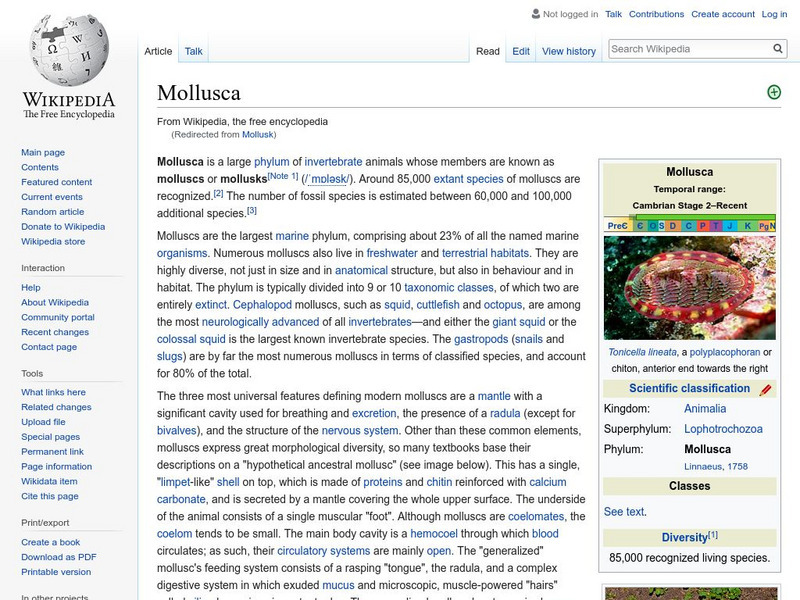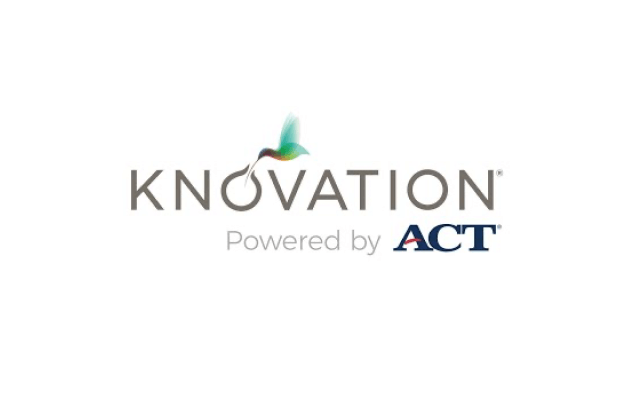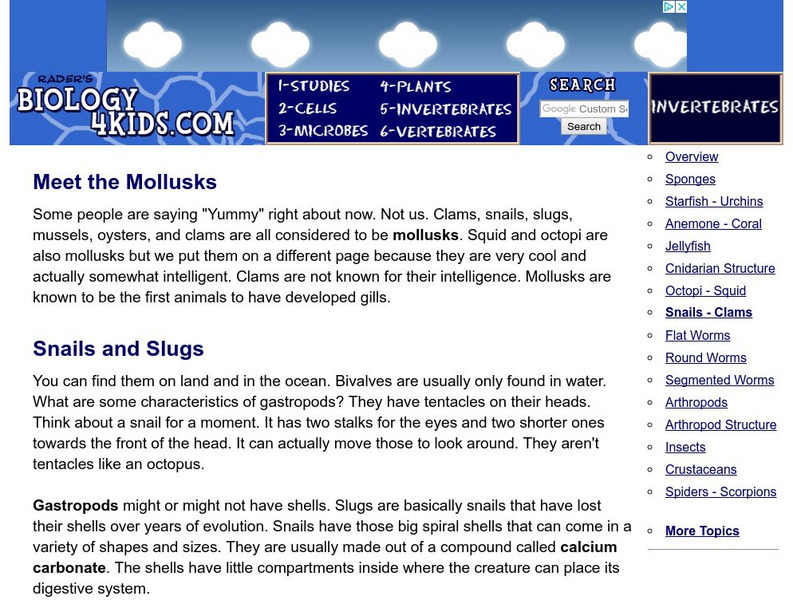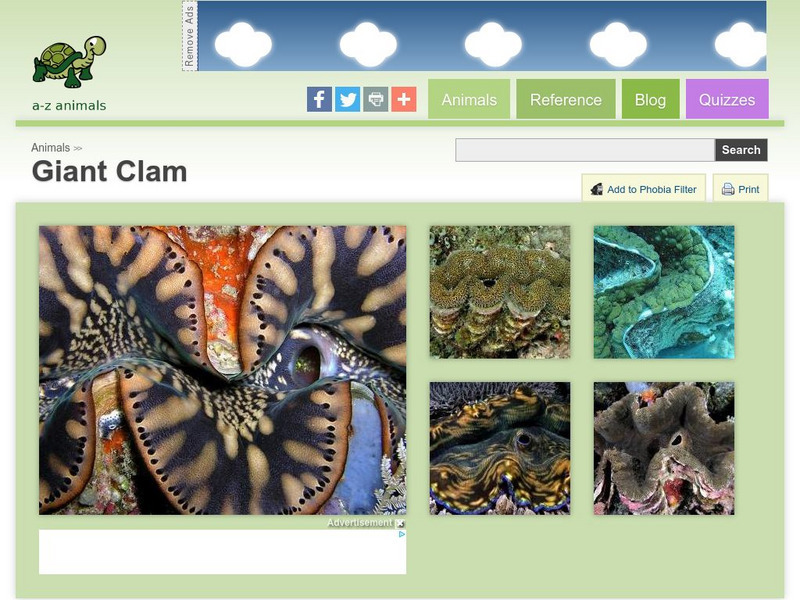Curated OER
Clam Crossword
In this clams crossword puzzle worksheet, students use the 10 clues and the terms in the word bank to help them correctly complete the word puzzle.
Curated OER
Clam Vocabulary
In this clam vocabulary skills worksheet, learners match the 9 clam-related terms in the word bank to the appropriate definitions.
Curated OER
Beach Life: Clam Dissection
Students investigate clams. In this clam life lesson, students conduct an experiment where they dissect clams. Students compare anatomies of humans and clams.
Curated OER
Mazes: Sea Stars
In this mazes worksheet, young scholars determine and analyze the best strategy for assisting a sea star find a meal through the journey of a maze.
Curated OER
Clam Anatomy
Students are introduced to the anatomy of the inside and outside of a clam before dissecting the animal. During the dissection, they label and identify the function of each part they see including the outside of the clam. They complete...
Curated OER
Marine Science
In this biology worksheet, students identify and locate various vocabulary terms relating to species found in the ocean. There are 21 marine terms located in the word search.
Tree of Life Project
The Tree of Life Web Project: Animals
Extensive site that contains much information about the various animal phyla. Each phyla gives photos, common examples, scientific names and references. Collection of 1630 websites about bio-diversity.
Other
Chesapeake Bay Maritime Museum
This great site offers information about the Chesapeake Bay, its history, people and it's stories. "Tour" the museum to find interesting information.
Sheppard Software
Sheppard Software: Clams
This site gives an in-depth description of a clam, including its appearance, reproduction, and classification. The site includes photos and illustrations and an interactive quiz to test your understanding.
Sheppard Software
Sheppard Software: Giant Clams
This site gives a brief description of a giant clam, including its behavior, appearance, and classification. The site includes photos and illustrations and an interactive quiz to test your understanding.
Missouri Botanical Garden
Missouri Botanical Garden: Ocean Animals: Mollusks
The Missouri Botanical Garden describes the characteristics and natural history of mollusks in text and color photography.
Wikimedia
Wikipedia: Mollusk
Wikipedia offers detailed information on mollusks, a large and diverse phylum including shelled sea animals and the octupus.
Other
North Carolina Dept. Of Environment & Natural Resources: Kids' Educational Pages: Fish
A great site for kids wanting to learn more about fish and have some fun at the same time. It provides information about fish including food chain, fun fish facts, crustaceans, and shellfish: oysters, scallops, and clams. It also...
Biology 4 kids
Biology4 Kids: Clams and Snails the Mollusks
A concise beginners research page highlighting the major characteristics of the Mollusks.
A-Z Animals
A Z Animals: Animal Facts: Giant Clam (Tridacna Gigas)
This entry identifies the defining characteristics of Tridacna Gigas, more commonly known as the giant clam.
Better Lesson
Better Lesson: Counting Clams a Tidal Flat Adventure
Mathematics has an important role in the real world outside of school. In this instructional activity, students will learn how scientists use multiplication to estimate animal populations. Included in the instructional activity are a...
PBS
Newton's Apple: Black Pearls
A lab activity to illicit discussion/understanding of the way in which mollusks produce an economic product.








